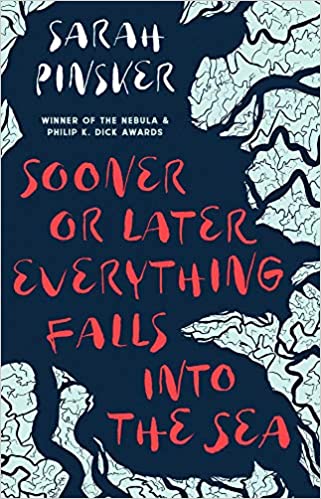Buy this from Bookshop.org to support local bookstores and the Lesbrary! I watched Sliding Doors as a kid and was enthralled by the idea of watching a life play out in two different ways based on branching out from a single event. I suppose it was my introduction to the concept of parallel universes. SoRead More
Marieke reviews And Then There Were (N-One) by Sarah Pinsker
It seems this year I have read more than my usual share of science fiction (murder) mystery: The 7 ½ Deaths Of Evelyn Hardcastle, Jane, Unlimited, and Gideon The Ninth all fall into this category in one way or another. And in my scramble to find a novella that I could finish in time forRead More
